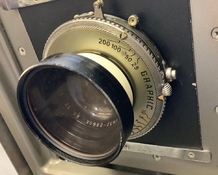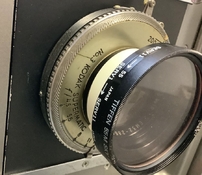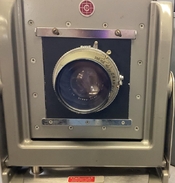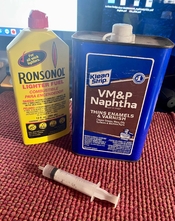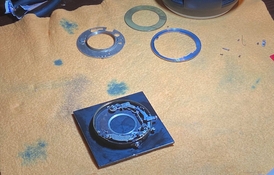Alex Caraballo
Member
Hi, guys
Completely new to this format. Got a Calumet CC400 in its box in pristine shape, some film holders and accessories, and the lens I mentioned in the title attached to it.
Now, questions:
- Does anyone know a way to get my hands on a manual for this shutter?
- What's the order to follow to perform focus, set speed and aperture and then shoot with it?
- I can understand the speeds 1" to 1/200" and B. What's the "T" for?
That's all for now. I'll probably have more questions about what film to use, how to use it and develop at home soon. Thank you all!!
Alex
Completely new to this format. Got a Calumet CC400 in its box in pristine shape, some film holders and accessories, and the lens I mentioned in the title attached to it.
Now, questions:
- Does anyone know a way to get my hands on a manual for this shutter?
- What's the order to follow to perform focus, set speed and aperture and then shoot with it?
- I can understand the speeds 1" to 1/200" and B. What's the "T" for?
That's all for now. I'll probably have more questions about what film to use, how to use it and develop at home soon. Thank you all!!
Alex





